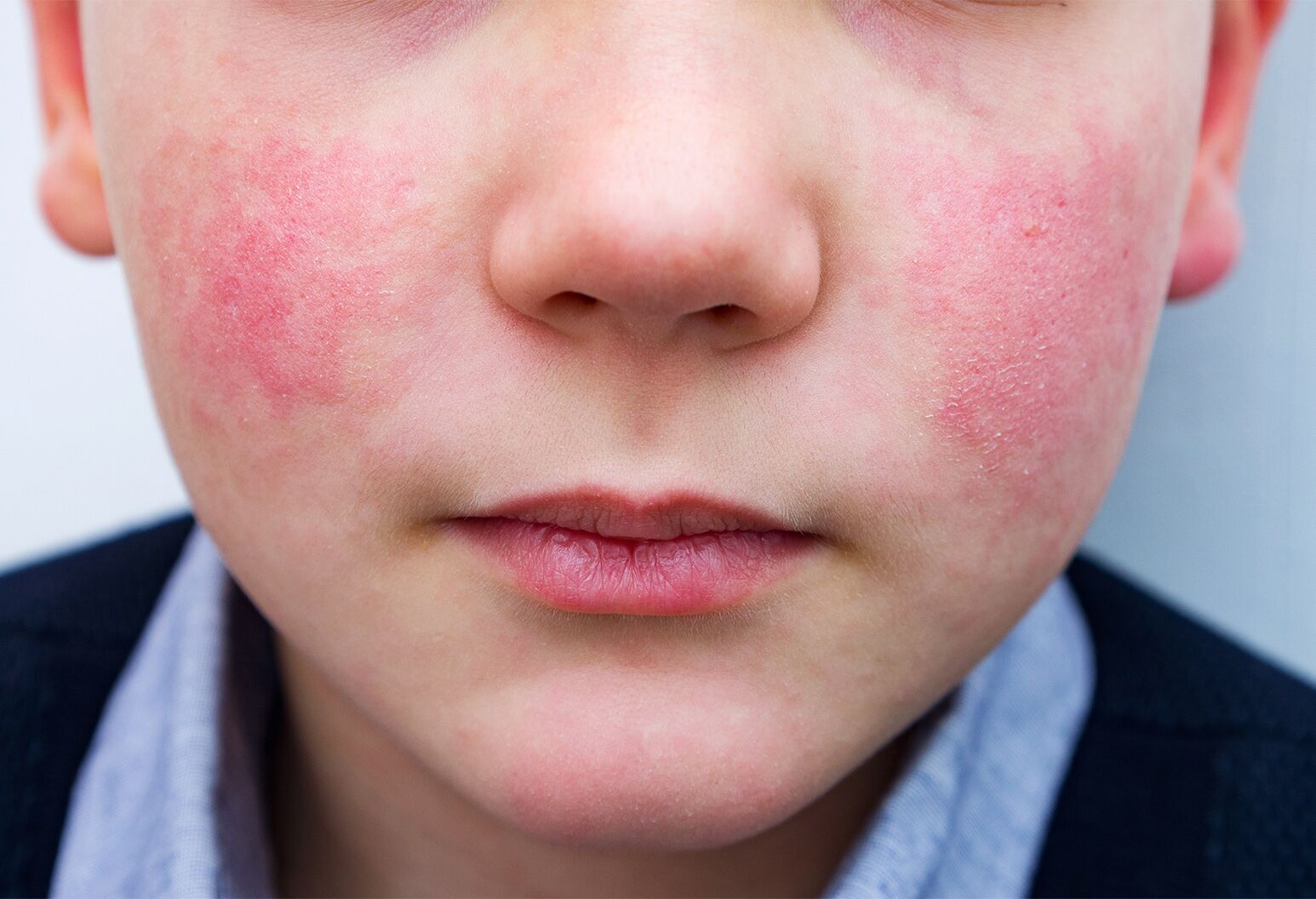What are the symptoms of parvovirus infection?
Parvovirus infection in humans, most commonly caused by parvovirus B19, can lead to a range of symptoms, depending on the age and health status of the individual. Here are the main symptoms associated with parvovirus B19 infection:
In Children
- Fifth Disease: The most common manifestation, especially in children. It presents as a “slapped cheek” rash on the face, followed by a lacy red rash on the body and limbs. The rash may be itchy.
- Mild Fever
- Runny Nose
- Headache
- Fatigue
In Adults
- Joint Pain and Swelling: Particularly in the hands, wrists, knees, and ankles. This symptom is more common in adults and can last for weeks or even months.
- Flu-like Symptoms: Such as fever, headache, and fatigue.
In Pregnant Women
- Fetal Complications: In rare cases, infection during pregnancy can lead to fetal complications, such as severe anemia, heart failure, or miscarriage.
In Individuals with Weakened Immune Systems or Certain Blood Disorders
- Severe Anemia: People with conditions such as sickle cell disease, thalassemia, or a weakened immune system may experience a more severe form of anemia.
General Symptoms
- Fatigue
- Muscle Aches
In some cases, people infected with parvovirus B19 may have no symptoms at all, or the symptoms may be so mild that they go unnoticed. The disease is generally mild and resolves on its own in healthy individuals.
What are the causes of parvovirus infection?
Parvovirus infection, particularly caused by parvovirus B19, can occur due to several factors, including:
- Human-to-Human Transmission:
- The virus is primarily spread through respiratory droplets when an infected person coughs or sneezes.
- It can also be transmitted through direct contact with the nasal secretions or saliva of an infected person.
- Blood Transmission:
- Parvovirus B19 can be transmitted through blood products, making blood transfusions or organ transplants from an infected donor a potential risk.
- Vertical Transmission:
- Pregnant women infected with parvovirus B19 can transmit the virus to their unborn child through the placenta, which may lead to complications.
- Close Contact:
- The virus is more likely to spread in crowded settings, such as schools, daycare centers, and nursing homes, where close contact among individuals occurs.
- Weakened Immune System:
- Individuals with weakened immune systems or certain blood disorders, such as sickle cell disease, may be more susceptible to parvovirus infection.
Conclusion
Parvovirus B19 infections can affect individuals of all ages but are more common in children. Practicing good hygiene, such as regular handwashing and avoiding close contact with infected individuals, can help reduce the risk of infection. If you suspect a parvovirus infection, seeking medical advice is essential.
How is the diagnosis of a parvovirus infection made?
The diagnosis of a parvovirus infection, particularly parvovirus B19, involves several steps, including:
- Medical History:
- The healthcare provider will review the patient’s medical history, including symptoms, recent exposures to sick individuals, and any known contact with someone diagnosed with parvovirus.
- Physical Examination:
- A thorough examination may be conducted to assess symptoms such as rash, joint pain, and other clinical manifestations.
- Laboratory Tests:
- Serologic Testing:
- Blood tests can detect antibodies to parvovirus B19 (IgM and IgG). The presence of IgM antibodies indicates a recent infection, while IgG antibodies suggest past infection or immunity.
- Polymerase Chain Reaction (PCR):
- A PCR test can detect the viral DNA in the blood, which is especially useful in acute cases or for diagnosing infections in immunocompromised individuals.
- Complete Blood Count (CBC):
- A CBC may be performed to check for anemia or a decrease in red blood cells, which can occur with parvovirus infection.
Conclusion
Diagnosing a parvovirus infection requires a combination of clinical evaluation and laboratory testing. If parvovirus infection is suspected, consulting with a healthcare provider for appropriate testing and interpretation of results is crucial.
What is the treatment for a parvovirus infection?
The treatment for a parvovirus infection, particularly parvovirus B19, primarily focuses on relieving symptoms, as there is no specific antiviral treatment available for the infection. Here are the common approaches:
- Symptomatic Relief:
- Pain Relievers: Over-the-counter medications such as acetaminophen or nonsteroidal anti-inflammatory drugs (NSAIDs) like ibuprofen can help alleviate pain and reduce fever.
- Hydration: Staying well-hydrated is essential, especially if there is fever or if the patient is experiencing anemia.
- Management of Complications:
- Anemia: In cases where parvovirus B19 causes significant anemia, particularly in individuals with underlying blood disorders (like sickle cell disease), treatment may involve blood transfusions or medications to stimulate red blood cell production.
- Joint Pain: For patients experiencing severe joint pain, additional pain management strategies or physical therapy may be recommended.
- Monitoring:
- Close monitoring may be necessary for individuals with weakened immune systems or those who are pregnant, as parvovirus B19 can lead to complications in these groups.
Conclusion
Most healthy individuals recover from a parvovirus infection without complications and do not require extensive medical treatment. However, if you suspect a parvovirus infection or experience severe symptoms, it’s important to consult a healthcare provider for proper evaluation and management.

Leave a Reply
You must be logged in to post a comment.